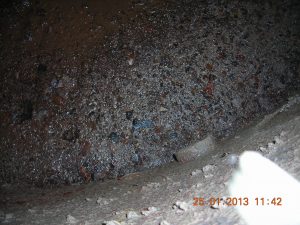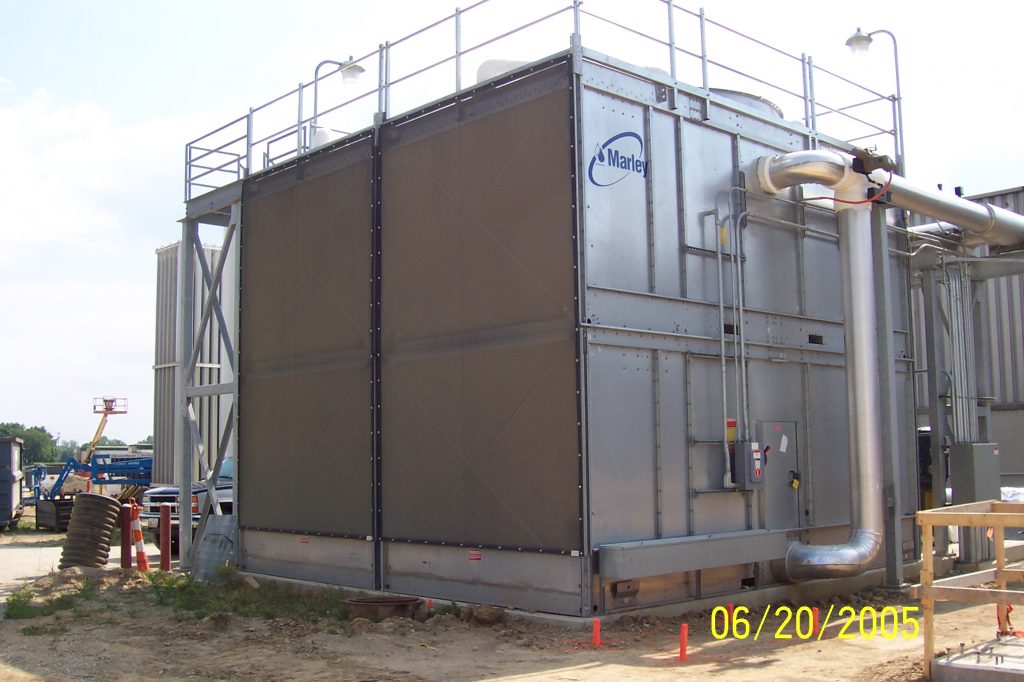 Written By: Randy Simmons, President, Air Solution Company
Written By: Randy Simmons, President, Air Solution Company
According to a New York Times Report, since the deadly outbreak of Legionnaires’ disease at the Opera House Hotel in the South Bronx was discovered in July, twenty of the more than 135 other cooling towers tested were found to be infected with the Legionella bacteria. This prompted the NYC Health Dept. to send a letter to every building in the city with a cooling tower ordering that they evaluate and disinfect their tower within two weeks of receiving the letter.
Following the actions of the NYC Health Dept. Mayor DeBlasio signed into law that cooling towers be regulated. The legislation requires the registration of all cooling towers, annual certification, quarterly inspection, and reporting of increased microbes to the Department of Health and Mental Hygiene. The legislation also mandates the disinfection of cooling towers with levels of microbes that pose potential health risks. Violations of registry, certification and inspection requirements are liable for civil penalties up to $10,000. Failure to disinfect towers with increased microbes are classified as misdemeanors, punishable up  to $25,000.
to $25,000.
The legislation takes effect immediately, and building owners were given 30 days to register their cooling towers. The DeBlasio administration, New York City Council, and Governor Cuomo collaborated closely on the policy to ensure consistency in regulation in New York City and across the state. NYC is the first major city in the US to regulate the use of cooling towers. This new legislation is a pre-emptive action to prevent future illness. The New York City Outbreak claimed 12 lives and sickened more than 120 others in the South Bronx, making this the worst Legionella outbreak in the city’s history. Legionella in cooling towers and other building systems (boilers, potable water, etc.) unfortunately isn’t new news, but has been a topic of robust discussion across the country and around the world for many years and in many countries around the world. In many countries including the UK and Australia, cooling towers must be registered and are closely regulated by Health and Safety officials; With the NYC outbreak occurring on the heels of ASHRAE releasing its ANSI/ASHRAE Standard 188-2015 Legionellosis: Risk Management for Building Water Systems. Air Solution Company foresees that there will be increasing regulations placed on the use of cooling towers across North America.
What Air Intake Filtration Can Do To Help in the Prevention of Legionella in Cooling Towers?
 Legionella bacteria are found in groundwater, lakes, rivers, ponds and man-made water systems such as plumbing systems, boiler systems and cooling towers. Though not a problem in nature, legionella can become a problem in contained / looped systems when bacterial concentrations can increase to dangerous levels which can be harmful to human life. The ideal conditions required for legionella are those with a temperature range of 77 – 113 degrees Fahrenheit and which include organic matter as a nutrient source (leaves, bugs, sediment, sludge, rust and scale) – Cooling tower and evaporative condensers provide just that environment when effective maintenance practices aren’t deployed.
Cooling towers that are well managed and treated with water treatment chemicals are at lower risk however, if regular maintenance isn’t carried out, the debris loads can increase beyond the chemical concentrations ability to provide control and when this happens the tipping point is reached and the cooling tower can silently become hazardous. So what is one to do?
Legionella bacteria are found in groundwater, lakes, rivers, ponds and man-made water systems such as plumbing systems, boiler systems and cooling towers. Though not a problem in nature, legionella can become a problem in contained / looped systems when bacterial concentrations can increase to dangerous levels which can be harmful to human life. The ideal conditions required for legionella are those with a temperature range of 77 – 113 degrees Fahrenheit and which include organic matter as a nutrient source (leaves, bugs, sediment, sludge, rust and scale) – Cooling tower and evaporative condensers provide just that environment when effective maintenance practices aren’t deployed.
Cooling towers that are well managed and treated with water treatment chemicals are at lower risk however, if regular maintenance isn’t carried out, the debris loads can increase beyond the chemical concentrations ability to provide control and when this happens the tipping point is reached and the cooling tower can silently become hazardous. So what is one to do?
Maintenance Strategies
The first step is to completely clean the tower, then deploy maintenance strategies that ensure a clean and unfavorable environment for bacterial growth – the New ANSI/ASHRAE Standard 188-215 is the best place to go for guidance. Secondly and consistent with the ASHRAE guideline for keeping debris out of the tower – is deploying the use of Air Intake Filter Screens (commonly called “Cottonwood Filter Screens”).
This highly effective device is proven to significantly reduce organic loading by stopping airborne debris at its point of entry where it can be easily removed using a broom, brush, shop vacuum or garden hose – rain can even help by rinsing them clean when fan motors are in the off cycle. In combination with an effective water management program, air intake filter screens significantly reduces organic debris which is the  nutrient source that supports bacterial proliferation.
nutrient source that supports bacterial proliferation.
Further, this device is designed to increase laminar air flow which introduces more air to the entire face of the Fill Pack – this results in an increase in the evaporative capacity of the fill thus increasing tower efficiency and further reducing water temperatures at the basin – This translates into energy cost savings. Because most legionella infected towers are known to be dirty and loaded with organic matter, Air Solution Company recommends that companies seeking to improve their cooling tower water quality do the easy thing first and install intake filter screens that helps stop organic debris from getting into their cooling towers in the first place.
Randy Simmons is President, Air Solution Company A manufacturer of filter screens specifically engineered for use on cooling towers, chillers and other mechanical systems.



